Grey foam-nest Tree Frogs (Chiromantis xerampelina) are called ‘Southern Foam-nest Tree Frogs’ or ‘Foam-nest Frogs’. Their native distribution range is Southern- and Eastern Africa, in various habitats. Minimum habitat requirements are temporary pools of water with trees overhanging branches. The reason for including this frog species in the ‘Wonders of Nature’ section is their coloration adaption and unique reproduction cycle.
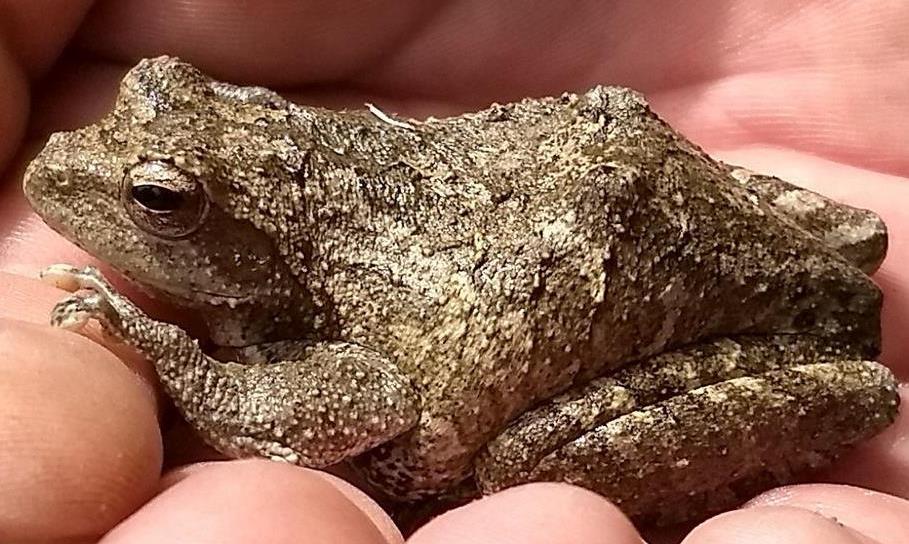
Brief description of Foam-nest Tree Frogs
Foam nest frogs can be easily distinguished from other frogs by the ‘kink in the spine.’ It is not a kink per se, but two protrusions on the backside give this impression. These frogs have large eyes with horizontal pupils, and their feet are heavily webbed. The fingers are arranged in opposable pairs and have expanded discs.
Coloration adaption
The typical coloration of Chiromantis xerampelina during the daytime depends on the color of the surface they dwell on and the ambient temperature. Skin color can vary from chalky white to darkish brown or any mottled color.
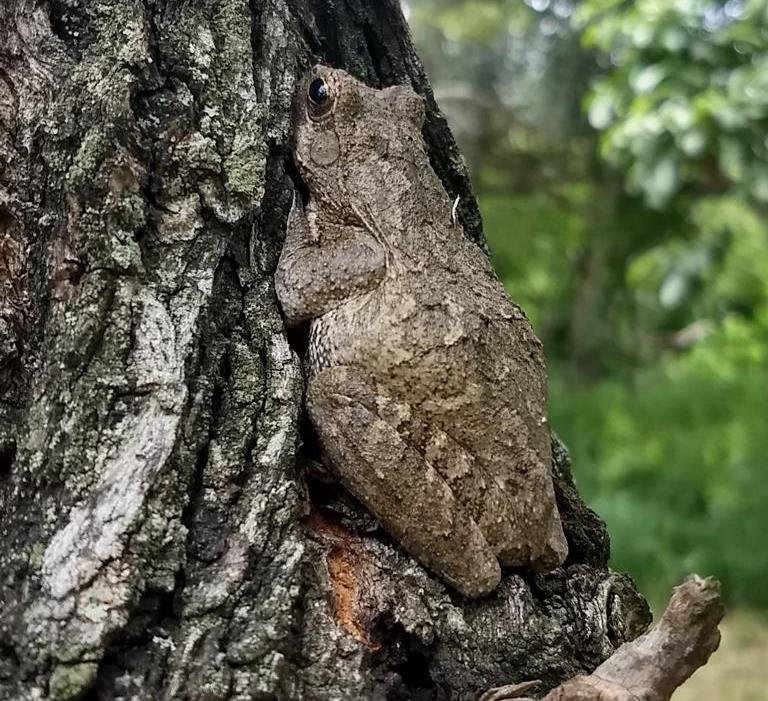
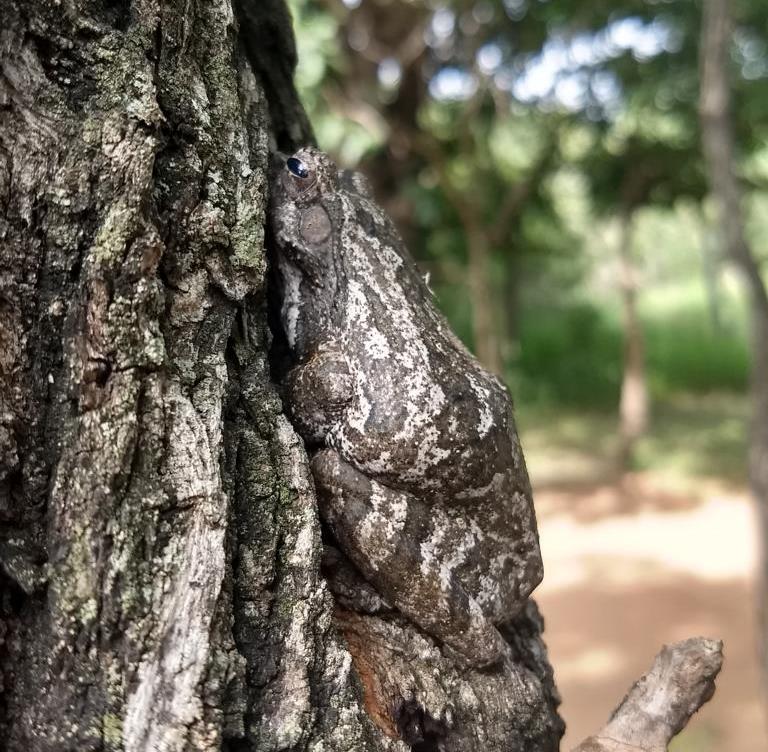
Once, we were catching a Foam-nest Tree Frog at Guernsey PNR near Hoedspruit, and we released him on a tree. Within 5 minutes, he changed color from his original brownish appearance to replicating the tree bark color we sat him on. See the photos above. How fast he blended into his new habitat was like a ‘Wonder of Nature’.
Since 2006, changing the skin color of frogs under hotter temperatures has been scientifically proven. Tattersall et al. showed in this article that there is a complex interaction between thermoregulation and water balance in frogs. Simply expressed, the lighter the skin color, the higher the reduction of water loss.
Besides thermoregulation by change of coloration, Foam Tree Frogs also save water by rectal water reabsorption. And their relatively impermeable skin is resistant to desiccation. This allows them to survive dry months under tree bark and detritus. Instead of liquid urine, they produce urea and uric acid, which they excrete in solid form, further saving water. Therefore, they are seldom seen swimming or sitting in water like other frogs do. During dry periods, they can reduce their body shape to a minimum and cover themselves with mucus as a watertight cover.
Reproduction procedure
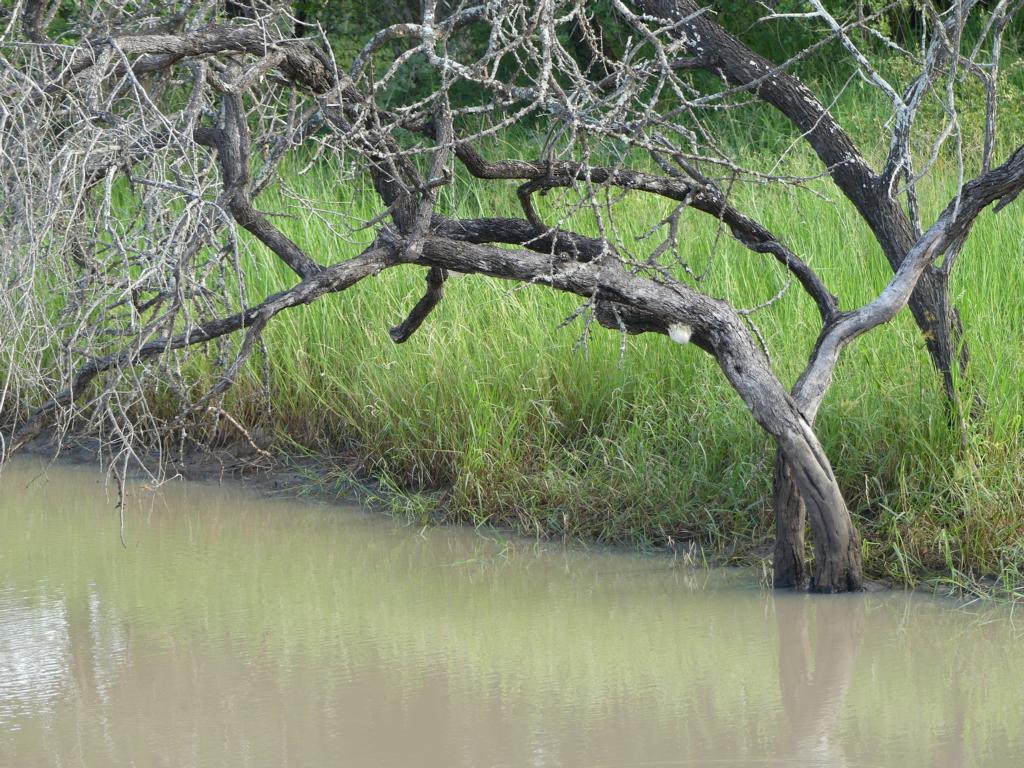
Foam Tree Frogs spawn on trees and in stagnant, oxidized water. But the majority of them spawn on trees. At the onset of the rainy season in Southern Africa, around December, females expose themselves to branches over water. Immediately, they will be joined by up to 12 males. One of the males will take an amplexus by an axillary clasp. There is no rivalry amongst these males; all are accepted to attend.
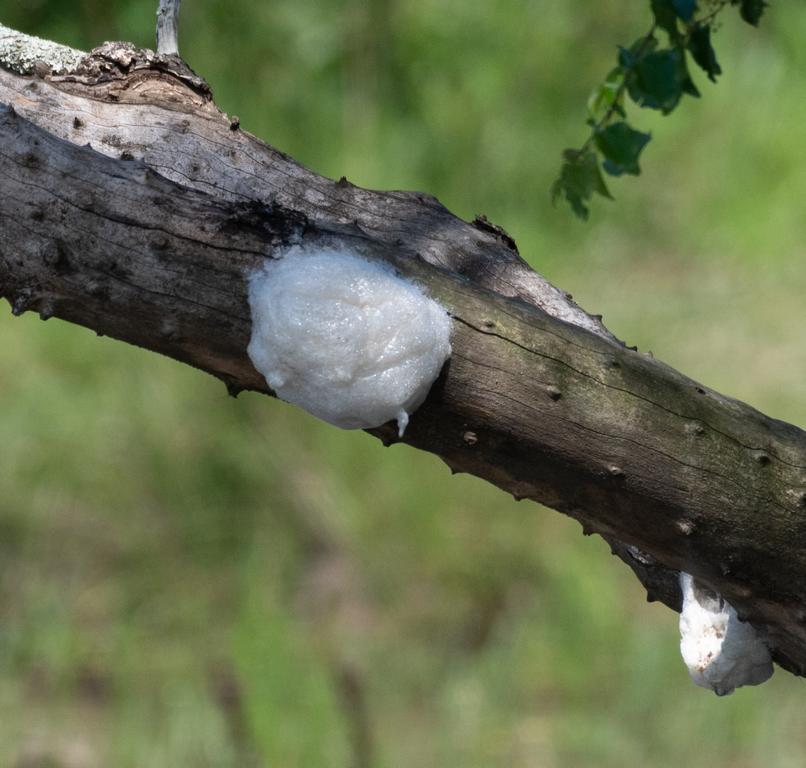
The female begins producing a mucus-like fluid from her cloaca, which she churns into an elastic, white foam with her hindlegs. Into this foam, she will lay 500 – 1250 eggs. The male in amplexus and all other males will add their sperm fluids into this egg-foam mixture.
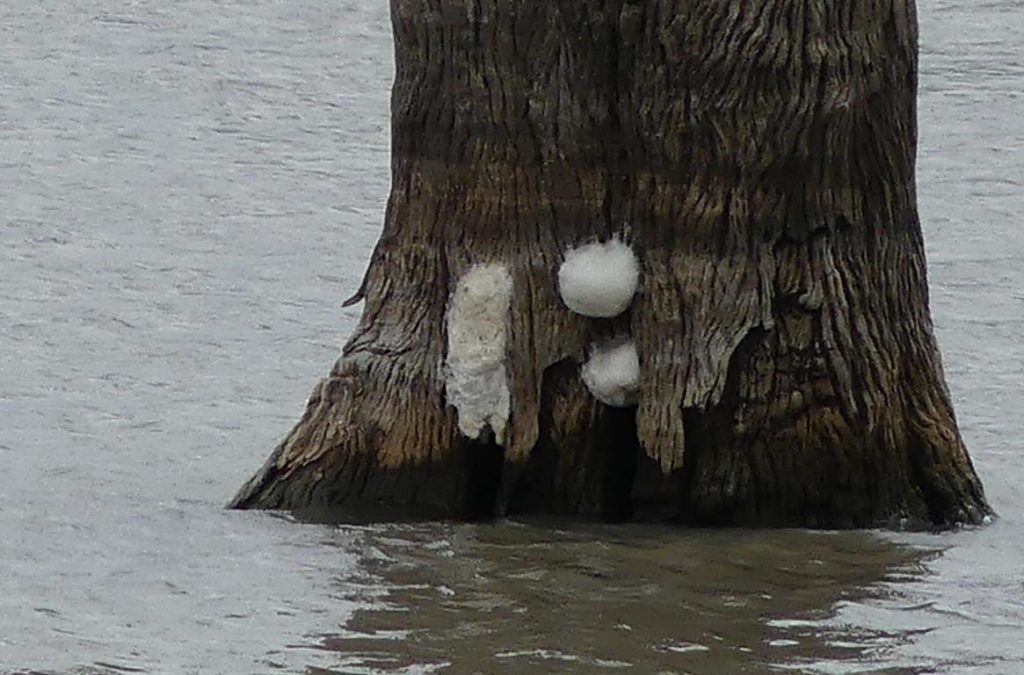
This nest construction takes around six hours, and the female will leave temporarily about 2 – 4 times to get into water and rehydrate herself. After every return, another male will be in amplexus. That polyandrous behavior assures that only the strongest sperms will fertilize the eggs, and the extra sperms will serve as additional nourishment for the tadpoles.
Tadpole development
The next day, the female will seal the outside surface of the foam nest with another type of frothy material. This waterproofs the foam nest, avoids drying out the eggs, and reinforces it against predation. About six days after hatching, the tadpoles’ weight will be so great that they can wiggle out and fall through the solid foam into the water body below.
After only five days, the young froglets—still with a long tail attached—leave the dangerous, watery environment and climb the next available tree, where they finalize their metamorphosis into young froglets.
Lessons learned about Grey Foam-nest Tree Frogs:
- Foam-nest Tree Frogs are uniquely adapted to dry environments.
- They will change skin color for camouflage, thermoregulation, and against water loss.
- These frogs show an extreme polyandrous reproduction behavior, assuring genetically strong offspring.
- White foam masses on branches over open water bodies are the nests of this frog species, in which the tadpoles incubate.
.


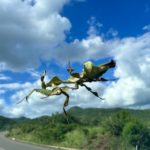

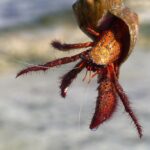
2 comments
Kurt Hoelzl
Dear Victoria,
I sent you an email asking of which precise topics you are interested in (in connection with Grey foam-nest tree frogs)? Behavior, distribution, skin chemicals, ….? Kindly let me know.
Victoria Gilago Bache
We need more knowledge about Gray nest tree foam Frog